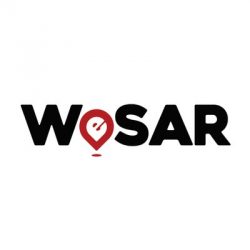The aim of the project is to design and develop a system for identifying and rescuing individuals, especially those belonging to population groups with a particularly high probability of being lost. The central part of the system is a modular “wearable (portable)” device, while the positioning and statusing algorithms of the person carrying the device will play an important role in its effectiveness.
The wearable device will offer the possibility of basic communication with base stations, that can be located many kilometers away from the device’s location. The wearable will use low energy consumption communication and long reach protocols (LoRa, NB-IoT) .The rythm or the force of the broadcasted data packets will adjust to the special conditions of application, so that battery life can last for days or even weeks. This wearable system is considered to be best suited for use in the following senarios:
People with autism spectrum disorders

49% of such individuals have been reported that at least once since the age of 4 they have disappeared or been at risk due to a tendency to flee.
People with dementia

People with dementia have at least 60% possibility to get lost in outdoor areas.
Infants and Childen

When exposed to large outdoor locations, infants and children are likely to get lost. They are also extremely vulnerable to malevolent attacks and they are often unable to defend themselves.

The ultimate goal, based on the results of the project, is to create a wearable tag family of various types (clothing, wristband, badges) of low consumption and long range for monitoring and rescue, with dozens of applications in urban or non-urban environment.
The project is funded by Operational Programme “Competitiveness and Entrepreneurship”.
The poster, the leaflet of the project, and the system’s presentation video.


